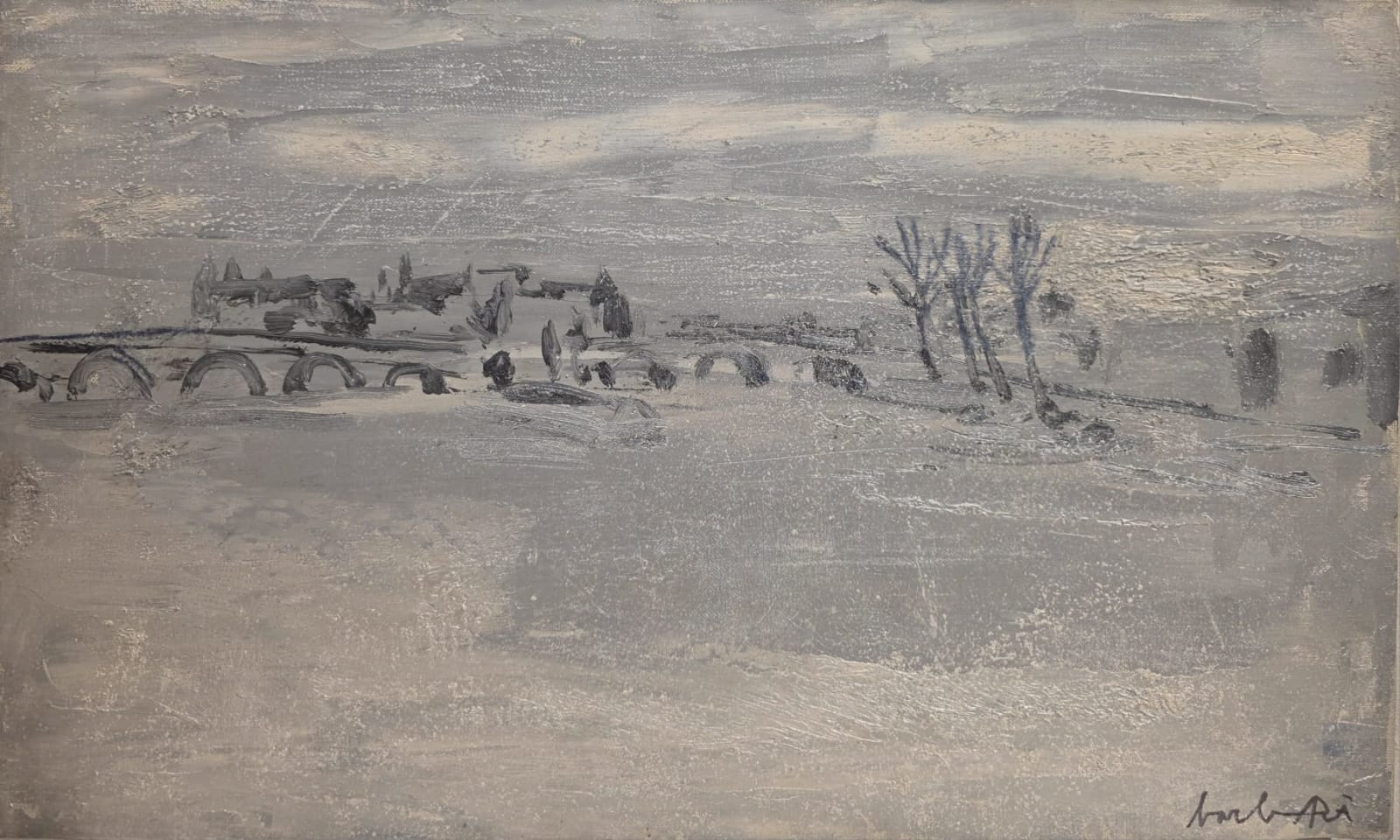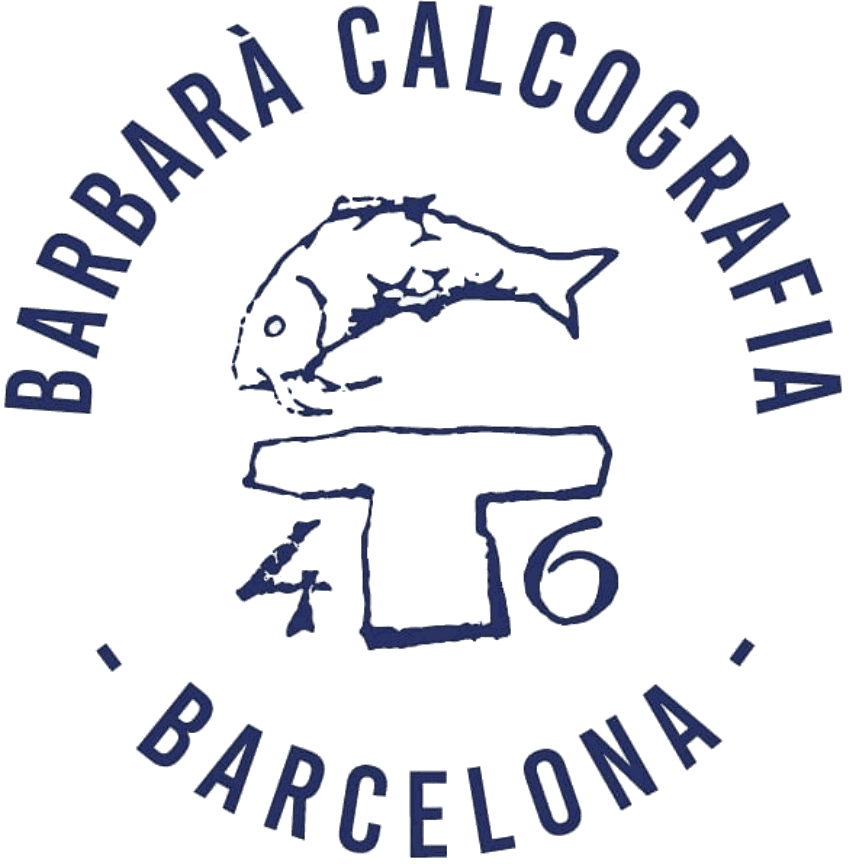
Joan Barbarà Spain, 1927-2013
Río Sena París, 1967
Oil on canvas
33 x 56 cm
13 x 22 in
13 x 22 in
Signed
Currency:
Río Sena, París (1967) by Joan Barbarà presents a poetic and restrained vision of one of Europe’s most emblematic urban scenes. Using an almost monochromatic range of muted grays and...
Río Sena, París (1967) by Joan Barbarà presents a poetic and restrained vision of one of Europe’s most emblematic urban scenes. Using an almost monochromatic range of muted grays and blues, Barbarà reduces the Parisian landscape to its essential structure: a river, an arched bridge, some bare trees, and the silhouette of buildings in the background.
This chromatic and formal economy is not due to technical limitation but to an expressive choice: the artist seeks to evoke rather than describe, capturing the melancholic atmosphere of a winter day in Paris. The Seine, rendered with broad horizontal brushstrokes, becomes a blurred mirror, softening the contours of its surroundings. The leafless trees, delineated with confident vertical strokes, reinforce the sense of winter and silence.
Rather than a vibrant city, Barbarà offers an intimate, measured vision, almost suspended in time, where the bridge—the central element of the composition—symbolizes the connection between banks, past and present, tradition and modernity. The brushwork is loose and free, halfway between figurative and abstract, reflecting the influence of mid-century French painting and his own experience as a printmaker in Paris.
This work embodies a lyrical sensitivity, a way of seeing the city not as a metropolis but as a space for contemplation. The 2024 restoration by Virgili Barbarà has preserved this original lightness, reviving the subtle tonal contrasts and the impasto texture of the surface.
This chromatic and formal economy is not due to technical limitation but to an expressive choice: the artist seeks to evoke rather than describe, capturing the melancholic atmosphere of a winter day in Paris. The Seine, rendered with broad horizontal brushstrokes, becomes a blurred mirror, softening the contours of its surroundings. The leafless trees, delineated with confident vertical strokes, reinforce the sense of winter and silence.
Rather than a vibrant city, Barbarà offers an intimate, measured vision, almost suspended in time, where the bridge—the central element of the composition—symbolizes the connection between banks, past and present, tradition and modernity. The brushwork is loose and free, halfway between figurative and abstract, reflecting the influence of mid-century French painting and his own experience as a printmaker in Paris.
This work embodies a lyrical sensitivity, a way of seeing the city not as a metropolis but as a space for contemplation. The 2024 restoration by Virgili Barbarà has preserved this original lightness, reviving the subtle tonal contrasts and the impasto texture of the surface.
9
de
25



